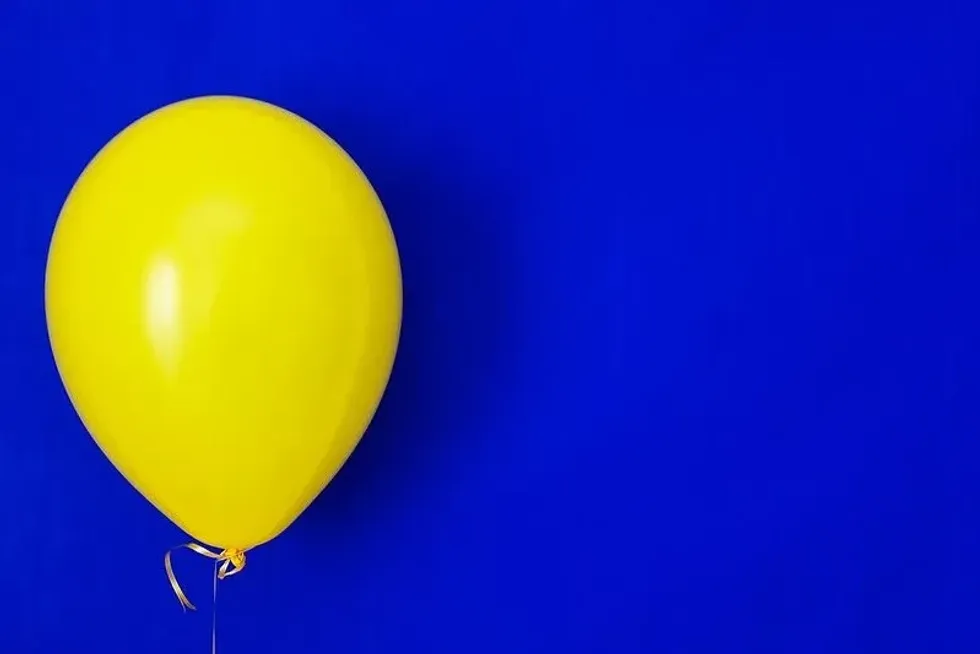What child doesn't love science?
Luckily fostering their interests doesn't have to mean turning the spare bedroom into a science lab. There's plenty of fun science you can try for yourself at home.
This self-inflating balloon experiment will tick all the boxes: It's super easy, plus only requires ingredients you can find around the house, such as baking soda and vinegar (not to mention the results are super impressive!).
Although younger kids will be delighted to watch a balloon blow itself up, this balloon science experiment is a great way to get children aged 9-13 questioning what will happen and making their own set of predictions.
We love how this self-inflating balloon experiment will feed their natural curiosity into how and why things work, as well as building their knowledge of science. So set aside an hour, grab your lab coat and excite your mini scientists.
Before You Start
It's very cool to watch balloons self inflate but older kids can also begin to apply some of the scientific principles they may already know.
Let them see the ingredients you're using and get them to think about what they think will happen and why. Can they predict what they will happen - older kids will likely have a clue as to the end result but will they know why.
Kids in this age group will have a grasp of carrying out a science experiment and thinking about the outcomes.
Please note that this experiment generates carbon dioxide and should only be performed with adult supervision in a well-ventilated room.
Recording Your Results
Encourage kids to think about how they could record their results for this fun science experiment. What will they measure - perhaps the time it takes to inflate the balloon? As with all science experiments stress the importance of carefully recording all the variables.
Once you've followed the balloon experiment below think about what variables you could change to measure the results. See the next section for ideas. Once you've decided how to record your results you're ready to start this balloon science experiment.

Method:

Image © Teach Beside Me
1. Make sure your plastic bottle is clean and dry.
2. Get kids to measure out one teaspoon of baking soda and using the funnel add it to the bottom of the bottle. Give your measuring spoon and funnel a quick clean.
3. Next get kids to place the funnel into the balloon opening and pour in three tablespoons of vinegar. Remove the funnel and pinch the balloon opening so the liquid is contained.
4. The next part is a little tricky so you may need to help them the first few times.
You need to place the balloon onto the bottle so that it makes a seal while still holding it so that the liquid doesn't go into the bottle. As the balloon is deflated the best technique we found was letting it drop to one side while we secured the end to the bottle.
5. Once secured lift up the balloon to allow the vinegar to drop into the bottle - keep hold of the spot where the balloon is sealed to the bottle. You may need to give the balloon a little shake to make sure all the drops fall into the bottle.
6. Alternatively if older tweens are confident they can work quickly they can reverse the order they introduce the ingredients to the bottle - vinegar first, then the soda - and as soon as the last is dropped in quickly secure the empty balloon over the bottle.
7. As the ingredients come into contact they'll start to bubble and your balloon will start to inflate! The key is to work quickly once the ingredients are mixed, as the chemical reaction will start instantly.
More Balloon Science
Make this science project about more than just watching a self-inflating balloon. Get kids to think about what will happen if they change something, and ask them to write out their predictions. There are a number of variables that could be switched up:
The Number Of Ingredients Used: What happens if you were to slightly adjust the amount of your ingredients - how will the results change?
The Bottle: Does the size of the bottle used change the speed of the self-inflating balloon?
The Balloons: Does the size or colour of balloons used matter? How long will the balloons stay inflated compared to one you've blown up yourself?
Now For The Science Bit
The driving force behind your newly inflated balloon is the chemical reaction between baking soda and vinegar. The baking soda is acting as a base while the vinegar is an acid.
When they're mixed together they produce carbonic acid, an unstable chemical compound which will fall apart to become carbon dioxide and water.
Carbon dioxide is a gas which is considerably less dense than what you used to make it, and it likes to expand. Your balloon's stretchy material is perfect to allow a space the gas can expand into.










